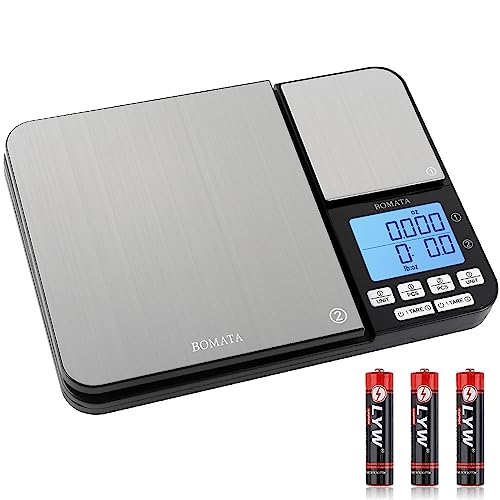Vitamin C (ascorbic acid) will be converted to sodium ascorbate in lye-based soap. The ascorbate is going to be mostly dissociated (pKa of around 4.4) in the high alkalinity of soap (pH 9-11).
One
reputable science-based article I found states ascorbic acid can be absorbed by the skin but only when the pH is low (around 4) so the vitamin C is in acid form. It may offer some benefits for healing wound, reducing the appearance of sun damage and wrinkles, etc. But it's ascorbic acid, not ascorbate, that is effective, and results are seen only after weeks of continuous use.
All but one of the references you provide in your last post did not study the soap-based delivery of the chemicals they evaluated. Of the
one study that does look at soap-based delivery, the study did not investigate skin lightening.
Another study you cite mentions long-term use of skin lightening chemicals is required to see results. Soap is only on the skin for moments, so how can it realistically do anything to lighten skin?
I appreciate there are chemicals that can lighten skin, but I also see they produce measurable results only with long-term use. I don't see how adding those chemicals to soap will produce skin lightening results. Even if a person uses the soap every day, soap is washed off -- it's not left on the skin indefinitely. I just don't see how a soap, given how it's used, can do anything to measurably lighten the skin. A leave-on topical lotion is a better bet.
















































